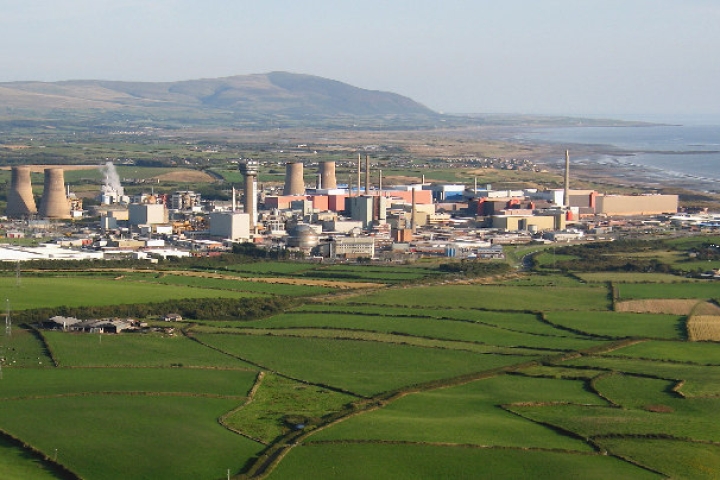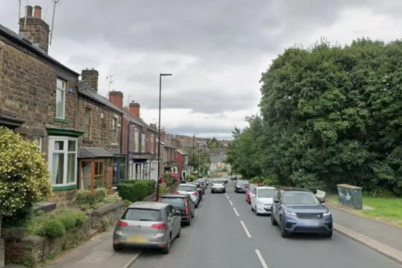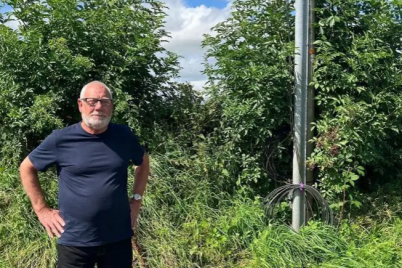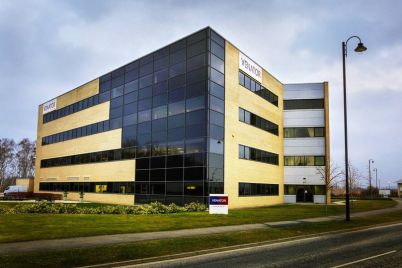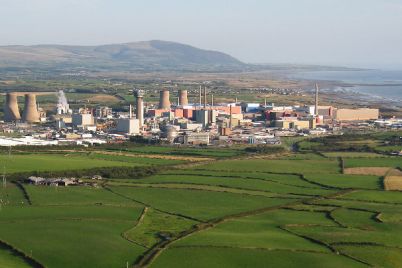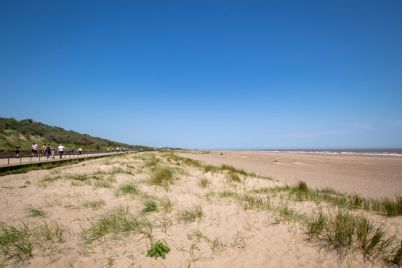Construction workers at the Sellafield nuclear site in Cumbria are set to strike for a second time in two months, as a pay dispute escalates between contractors and their workforce.
Unite has confirmed that industrial action will begin on Saturday and continue until 13 October, following four days of strike action staged in September.
The Sellafield strike involves hundreds of skilled trades, including electricians, joiners, pipe-fitters, riggers, welders and groundworkers. Unite has said that workers are being treated unfairly compared with their counterparts at other nuclear projects, where pay premiums are offered that have not been matched by Sellafield’s contractors.
According to Unite, the strike has already caused “severe disruption” and further action is expected to compound pressures on site operations. The union is also stepping up measures beyond the planned walkout. From 14 October, workers involved in the Sellafield strike will refuse to undertake additional work outside their normal contracted hours, a move that is likely to deepen the dispute further.
Unite general secretary Sharon Graham described the situation as “the most significant industrial action” at Sellafield in recent years. She said the fact that so many workers had voted to strike spoke “volumes about the levels of feelings among the workforce”. The union has urged employers to return to the negotiating table and “recognise the unique hazards and skillsets required” to work at the nuclear facility. Unite has also indicated it would welcome the involvement of the independent conciliation service ACAS to help mediate the dispute.
Sellafield Ltd, which is a subsidiary of the Nuclear Decommissioning Authority and operates the site, stressed that it does not directly employ the workers taking industrial action. A spokesperson said: “Safety and security will continue to be our priority throughout the strike.” The company added that it would support Cumbria Police in managing the impact of strike action on the local road network, a concern given the size of the workforce and the complexity of site logistics.
Sellafield is Europe’s largest nuclear site, covering 265 hectares and hosting more than 200 nuclear facilities alongside over 1,000 buildings. Located near Seascale on the Cumbrian coast, it has a long and complex history dating back to its establishment as a Royal Ordnance Factory during the Second World War. It later became central to the UK’s nuclear weapons programme and, with the construction of Calder Hall, the world’s first commercial nuclear power station to export electricity to a public grid. Over the decades, Sellafield has been a hub for nuclear fuel reprocessing, storage, and decommissioning. Today, the site’s primary focus is the decommissioning of historic facilities and the management of nuclear waste. This process is expected to continue well into the next century, with costs projected to reach £121 billion by 2120.
Given the strategic importance of Sellafield in the UK’s nuclear sector, any disruption attracts national attention. While Sellafield Ltd has insisted that safety will remain unaffected, Unite has signalled that the Sellafield strike is designed to highlight the critical contribution of its members to the site’s operations. For now, the dispute underscores wider tensions within the nuclear industry about working conditions, pay, and the recognition of specialised skills. Whether through negotiation or conciliation, resolving the Sellafield strike will be a test of industrial relations at one of the UK’s most sensitive and significant sites.

